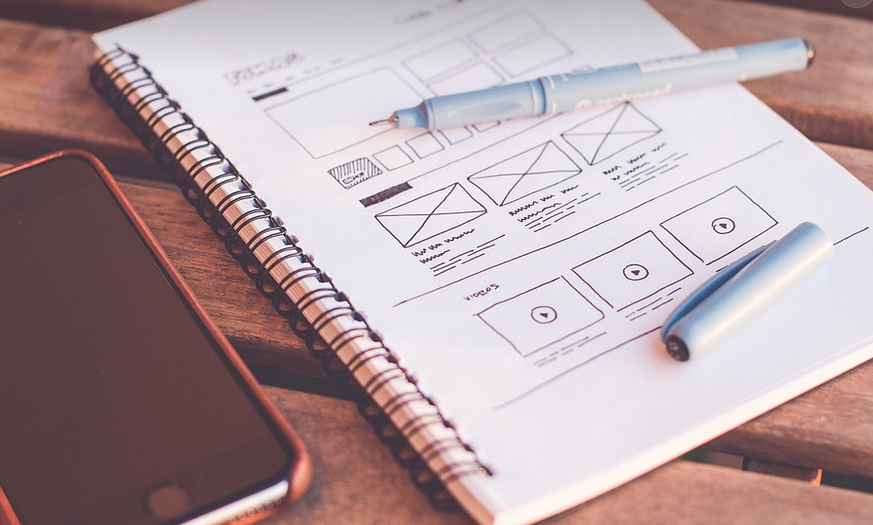
Cracking The Code: Your Scientific Method Study Guide
Conquering the Lab with Confidence
So, you’re ready to dive into the exciting world of scientific research? Awesome! The scientific method is like a secret recipe for uncovering truth and understanding the universe around us. It’s not just for scientists in lab coats; it’s a powerful tool anyone can use to make sense of the world, from tackling personal problems to exploring social trends.
This guide will act as your trusty sidekick, helping you build a solid foundation in the scientific method and answer those tricky study questions. Forget about feeling overwhelmed by complex formulas or jargon; we’re going to break it down into bite-sized pieces that make sense.
Understanding the Fundamentals
Before we dive deep into the specifics, let’s get some fundamental concepts straight. The scientific method is a systematic approach to solving problems and answering questions. It’s all about building on evidence, testing ideas, and never stopping to ask “why?”
Think of it like this: imagine you’re trying to figure out the best way to bake a cake. You wouldn’t simply rely on guesswork; you’d follow instructions, gather ingredients, measure carefully, and observe how things change as you go.
This process is essentially what the scientific method does. It’s about taking an idea (your “hypothesis”) and testing it out in a controlled environment to see if it holds up to scrutiny. If it does, great! You’ve got something worth further investigation or even application. If not, you can learn from your mistakes and adapt.
Now let’s break down the core elements of this process:
**1. Observation:** It all starts with noticing something interesting! Maybe you notice a pattern in your favorite video game or a change in weather that’s unusual. These observations spark curiosity and lead to deeper exploration.
**2. Question:** Now comes the “why” question. What is this observation about? Why do you think it’s happening? This question guides your investigation and helps you clarify what you need to learn more about.
**3. Hypothesis:** Here’s where we get creative! Formulate a possible explanation for your observation based on what you already know. Keep in mind, this is just a tentative suggestion, something you can test!
**4. Experimentation:** This is the heart of the scientific method – testing your hypothesis. You need to design an experiment that allows you to see if it holds true. Control variables (what stays the same), measure things carefully, and create a clear way to evaluate results.
The Power of Data: Making Sense of the World
Data is king in scientific research! It’s the concrete evidence you gather from your experiments that helps you make informed decisions and draw solid conclusions. Think about it like this:
Imagine you want to test if a new fertilizer makes plants grow faster. You plant two groups of identical plants, one with your new fertilizer and the other with no fertilizer (control group). You then carefully observe how much each plant grows over time.
The data in this example:
- Height of the plants
- Amount of green leaves
- How quickly each plant grew
These measurements provide evidence that your new fertilizer worked! But how do you know if it’s really effective, or just a coincidence? You need to compare the data from your experiment to other similar studies so you can draw solid conclusions.
Always keep in mind that data comes with limitations. For example, your experiment might not be perfect: you may have had some unexpected results (like an animal getting too much sun due to an error). These “unexpected” results are just as important! They offer further insights into your scientific journey.Analyzing Results: Unlocking the Secrets
Now that you’ve collected your data, it’s time to analyze and make sense of it. You need to organize the information in a way that makes things clear (charts, graphs, tables). This helps you identify patterns, trends, and key insights.
As you analyze your data, you’ll start to see if your hypothesis holds up or needs to be adjusted. For example, maybe your experimental results show a slight increase in plant growth with the new fertilizer, but not significantly different compared to the control group. You might need to adjust your experiment, change your methodology (maybe use a bigger pot size), or even start thinking of other experiments to test your hypothesis!
Remember to be critical and objective! Don’t jump to conclusions. Your data should always guide you, and it must support your hypothesis instead of contradicting it.
Communication is Key: Sharing Your Knowledge
You’ve worked hard on your experiment and are ready to share what you’ve discovered. This step is vital because we’re not meant to work in isolation! A large part of the scientific method involves sharing our findings with the world.
Sharing your knowledge benefits everyone! It helps build a community, inspire others, and drive further research and discoveries. Your ideas could have a significant impact on others or contribute to a bigger understanding of a specific phenomenon.
The best way to communicate your findings is through writing, presentations, and even interactive online experiences.
Final Thoughts: The Journey Continues
The scientific method is a lifelong journey of exploration and discovery. It’s not just about finding the right answers; it’s about constantly asking questions, challenging assumptions, and pushing boundaries.
As you continue your scientific adventures, remember that every experiment, big or small, shapes our understanding of the world around us. Never stop learning, stay curious, and keep exploring!